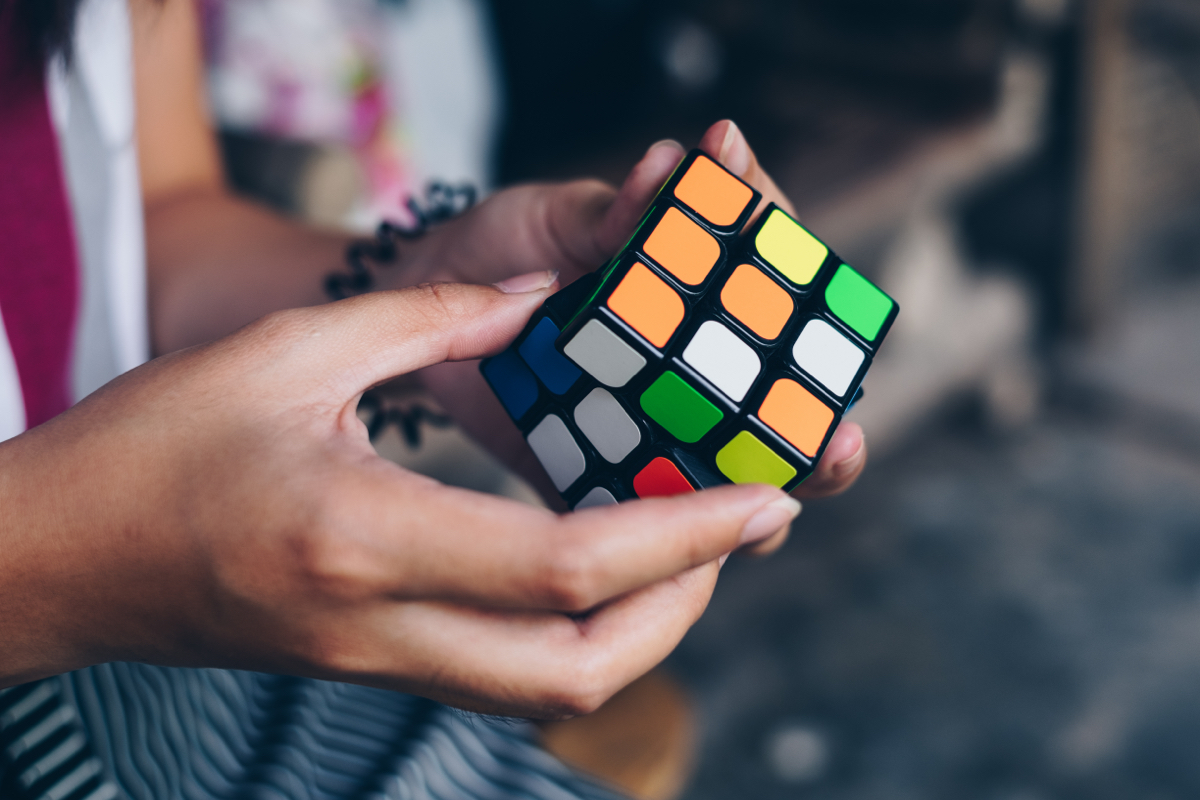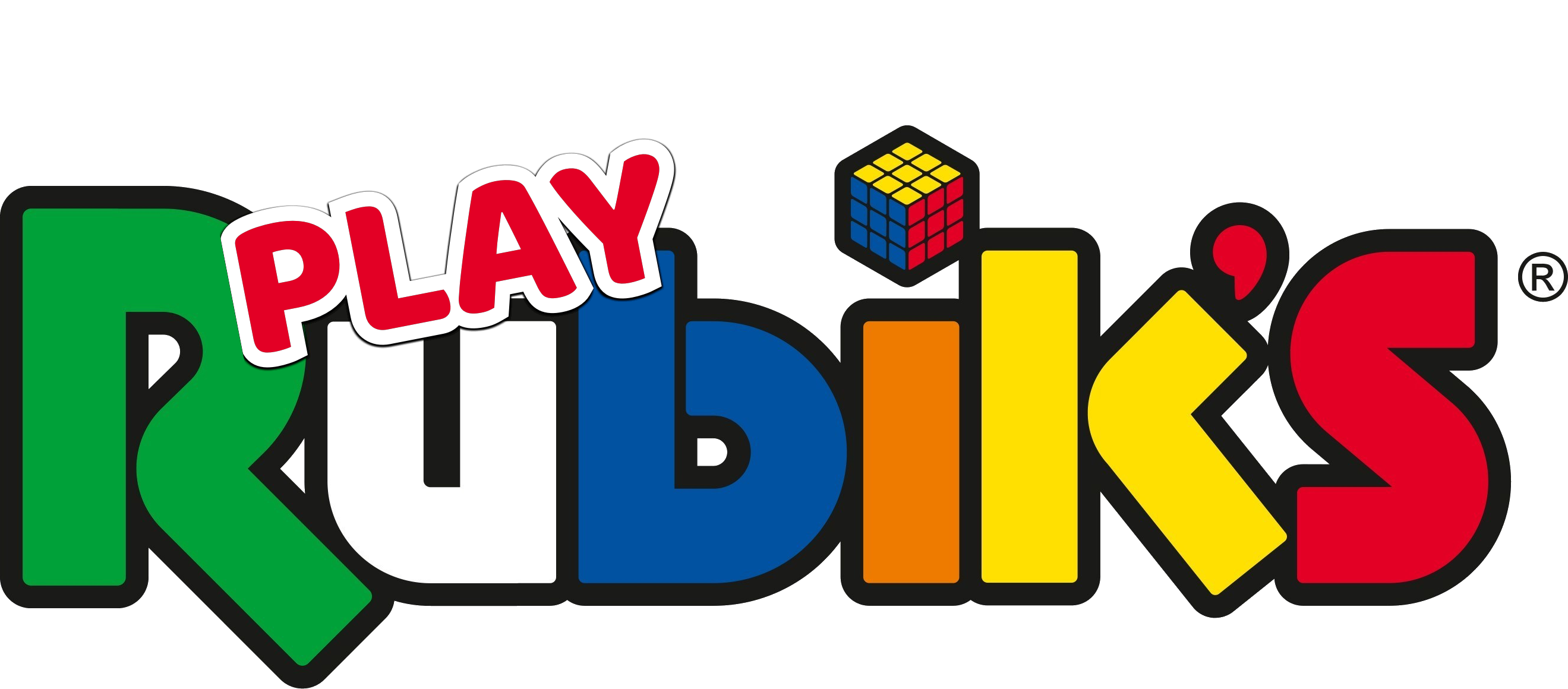The best ways to complete a Rubik's Cube
The best way to solve a Rubik's Cube is to follow a specific method or algorithm, such as the CFOP (Fridrich) or Roux method, which involves solving the cube in layers or blocks. It also requires memorizing specific sequences of moves to manipulate the cube's pieces. With practice, one can improve their speed and efficiency in solving the cube. There are various tutorials and resources available online to help learn these methods.

The CFOP Method
The CFOP (Cross-F2L-OLL-PLL) method, also known as the Fridrich method, is a popular technique for solving the Rubik's Cube. It involves four main steps:
- Cross: Solve the four edge pieces of one face to form a cross pattern.
- F2L (First Two Layers): Solve the corner and edge pieces of the first two layers at the same time.
- OLL (Orientation of Last Layer): Orient all the pieces of the last layer (top face) so that they form a specific pattern.
- PLL (Permutation of Last Layer): Permute (rearrange) all the pieces of the last layer to their correct positions.
The CFOP method requires memorizing several algorithms, or sequences of moves, for each step. With practice, this method can be executed quickly and efficiently, allowing for fast Rubik's Cube solves.
The Roux Method
The Roux method is a popular method for solving the Rubik's Cube. It is a block-building method that is divided into two main stages: the first block and the second block. Here's a more detailed explanation of each stage:
First Block:
The aim of the first block is to create a 1x2x3 block on one face of the cube. The process starts with choosing a color and finding the edge pieces that match the color. These edges are then paired with the corners to create a 2x2x2 block. The remaining edges are then inserted to create the 1x2x3 block.
Second Block:
The second block involves orienting and permuting the remaining eight edge pieces and four corner pieces on the cube. This is done by dividing the remaining pieces into four pairs and inserting them in the correct position. The pairs are then oriented using specific algorithms that ensure they are facing the right direction. The corners are then permuted using an algorithm that preserves the orientation of the edges.
Once the second block is complete, the solver will be left with a solved 2x2x3 block on the bottom face of the cube. The final steps of the Roux method involve permuting and orienting the remaining pieces on the top face of the cube. This is done using a combination of intuitive and algorithmic steps, leading to the solved Rubik's Cube.
